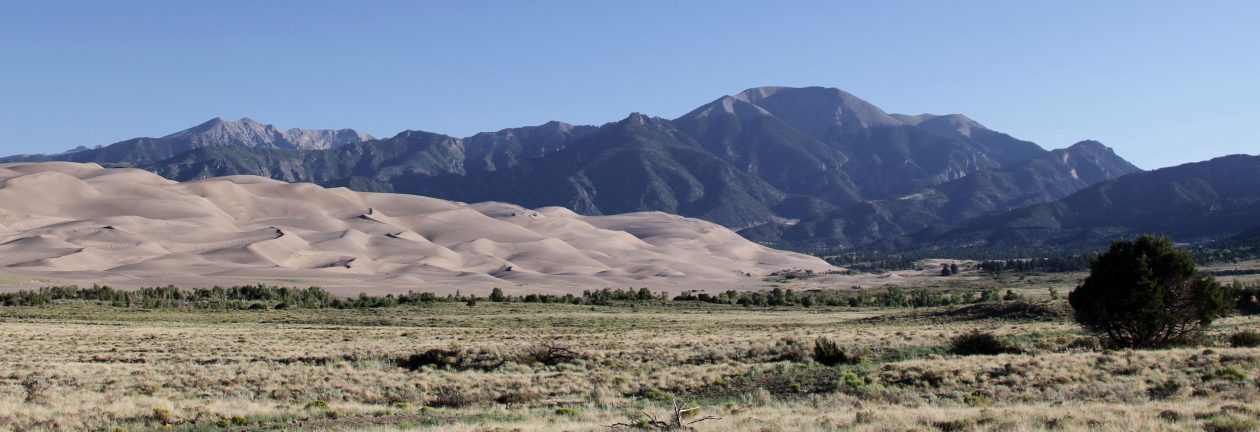Nicosia, Cyprus
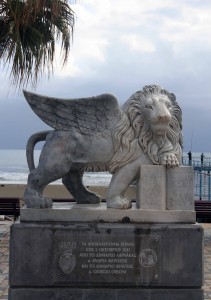
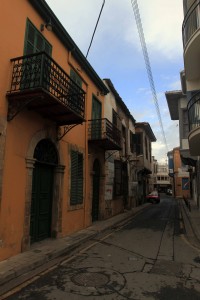
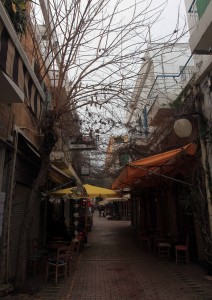
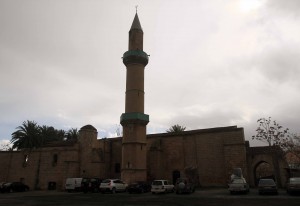
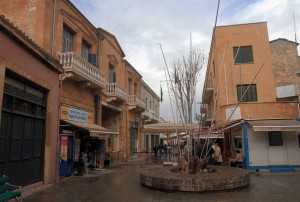
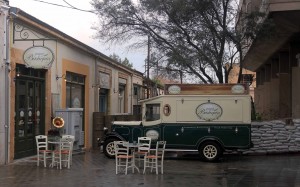
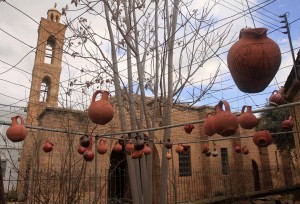
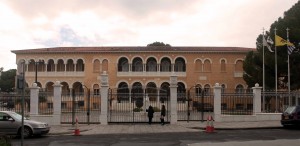
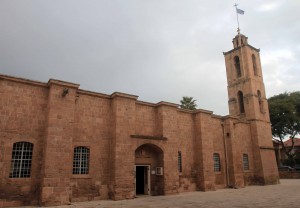
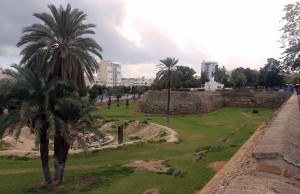
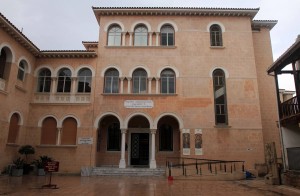
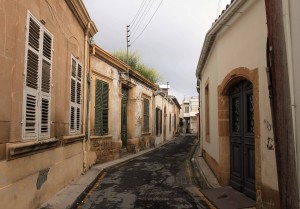
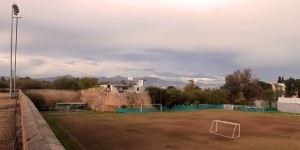
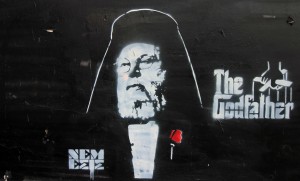
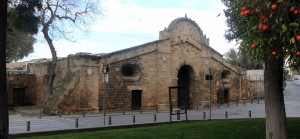
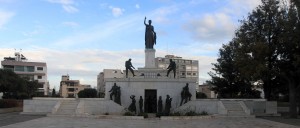

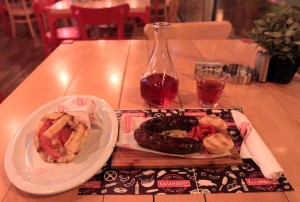
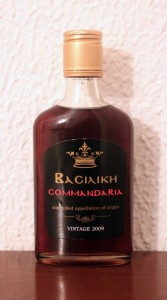
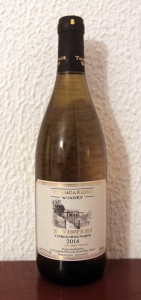
I woke up late today; continually hitting the snooze button, I got out of bed at 09:15; I then showered, dressed, grabbed my camera and tripod, and walked out of the hotel. I walked north along the sea shore during a light drizzle of rain to the bus stop north of Foinikoudes Beach. The bus arrived at 10:20, I paid the fare, took my seat, and it took off to Nicosia at 10:30. We drove north through Cyprus and arrived at the Old Town of Nicosia at 11:40. I exited the bus and walked through the Old Town, passing by many cafes and restaurants and the Leventis Municipal Museum (which was closed today). I then walked down the winding streets of the old town, passing by the Church of Archangelos Michael Trypiotis and the Omeriyeh Mosque; I ended up taking a turn northward, coming right to the division line between Northern Cyprus (occupied by Turkey since 1974 – they even have a large depiction of their flag on the mountainside facing Cyprus) and the Republic of Cyprus; the checkpoint was manned by guards, but looked pretty open to both sides. NOTE: Nicosia is the only divided capital in the world and wandering around the Old Town, I kept running in to the sandbagged and barbed-wire border between the two nations. I then walked by the Faneromeni Church and southeast toward the Ag. Antonios Church, before coming to the Archbishopric Palace. Next to the palace is the Ag. Ioannis Church, which had beautiful frescoes covering almost every inch of its inside walls (unfortunately, no pictures were allowed). Then I walked to the adjacent Byzantine Art Museum, where I bought a ticket to see the gallery, but it was closed for lunch (it was 12:50 and it would not open again until 13:30). So, I walked around trying to find a nearby restaurant; I walked through some more winding streets, passed by the Old Town’s fortified wall, Famagusta Gate (I didn’t realize this was the gate when I first passed by it since it looked more like a half-buried armory turned in to an underground theater), and an old aqueduct. I then stopped at a café and had a Monster energy drink (the first in a very long time). Finally, it was just about 13:30, so I returned to the Byzantine Art Museum and entered inside. No pictures were allowed inside (if they were, I would’ve included many more photos with this journal entry), but they had quite a large collection (more than I imagined; it was very respectable); the paintings came from between the tenth and the twentieth century; many art pieces from the Byzantine era were beautifully detailed and I was impressed with how the artists told the story through paint: a painting of the ‘Deposition of the Cross’ was so detailed that that it even showed a man plying a nail out of Christ’s feet; the ‘Entrance to Jerusalem’ (a few paintings of the same theme) showed men cutting down fronds from a palm tree to lay it before Christ as he entered the city. Also, a number of artworks from Cyprus showed details of Mary’s life that I had never seen depicted before; such as the ‘Dormition of Mary’ and the ‘Presentation of the Virgin’ (her parents bringing her to the temple as a child). It’s always interesting to see recurring themes popping up in art within a particular region; for example, in El Paso’s art museum, there were many depictions of the Trinity, showing three Jesus Christs, standing side by side, representing the Father, the Son, and the Holy Spirit; I have never seen the Trinity depicted like this anywhere else. After looking at all the old religious Byzantine paintings, I walked up to the second floor and looked at modern art on display (many having to do with the Turkish Invasion); then I walked to another part of the second floor that had many European paintings on display, paintings that were created by the German, French, and Flemish schools. Next, I walked to the third floor, which used art and artifacts to tell the history of Cyprus, starting with early notions of freedom, garnered from the American and French Revolutions; then moving on to the Greek Revolution from 1821 to 1830; next to the freedom of Crete and its reunification with Greece (which spurred Cyprus to consider doing the same); then to the Ottoman Empire’s persecution of Greeks still living within Turkey; lastly, to the British rule of Cyprus and the Nazi invasion before Cyprus finally gained independence in 1959. I really liked the Byzantine Art Museum and was glad I came to Nicosia today, when it was open. After touring the museum, I walked around the old town some more, walking up to a United Nations guarded part of the border with Turkey and then down past the Famagusta Gate again; I didn’t enter inside because it was now near 16:00 and I was high-tailing it back to the bus stop to catch the next bus to Larnaca. I walked along the old wall (basically designed as a circle with many bastions surrounding the Old Town, but now cut in half thanks to the Turks) and reached the bus stop at 16:25; I then took the 16:30 bus back to Larnaca, which arrived at 18:20. After exiting the bus, I walked south along the beach and stopped at a Greek bistro, where I had grilled pastourma sausages, a chicken souvlaki wrap, and a half of a liter of Cretan Rosé wine that tasted strongly of strawberries as well as flowers (it was pleasant, but not that great). After dinner, I stopped at the local wine store and bought some more of Dionysus’ contribution to humanity for tonight. I then walked back to my hotel room and worked on the website and typed out some journal entries while drinking wine; first I had a small bottle of Commandaria wine (produced in Cyprus) that tasted of raspberries, molasses, and apricot; Commandaria wine (according to the back of the bottle) is the oldest named wine in the world; it is a sweet dessert wine first described in 800 BC by the Greek poet, Hesiod; during the Crusades, Richard the Lionheart, during his marriage with Berengaria of Navarre, pronounced Commandaria as the “wine of the kings and the king of wines”. After finishing the twenty cubic liters of Commandaria, I had a bottle of Cyprus white wine made from Xinisteri grapes that was very nice and tasted strongly of lemon and slightly of banana. After all that wine and work, I then went to sleep at 03:00.
